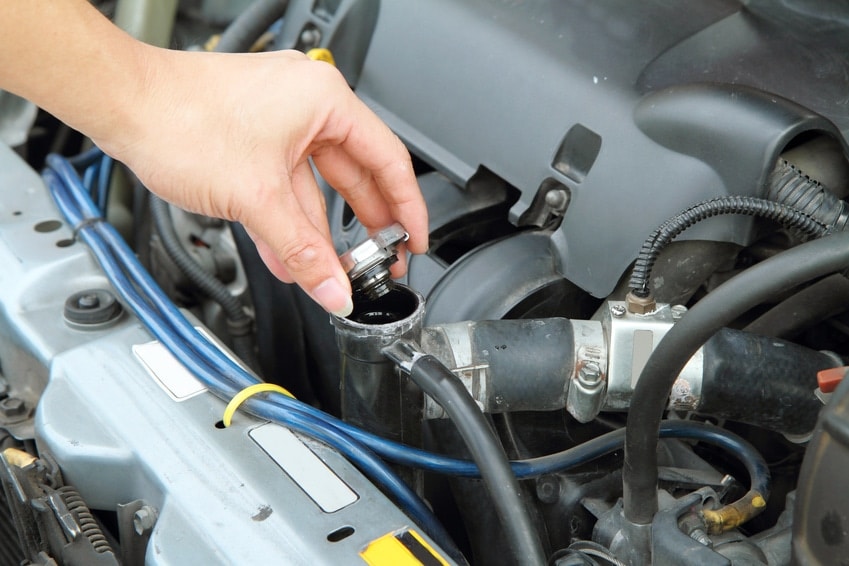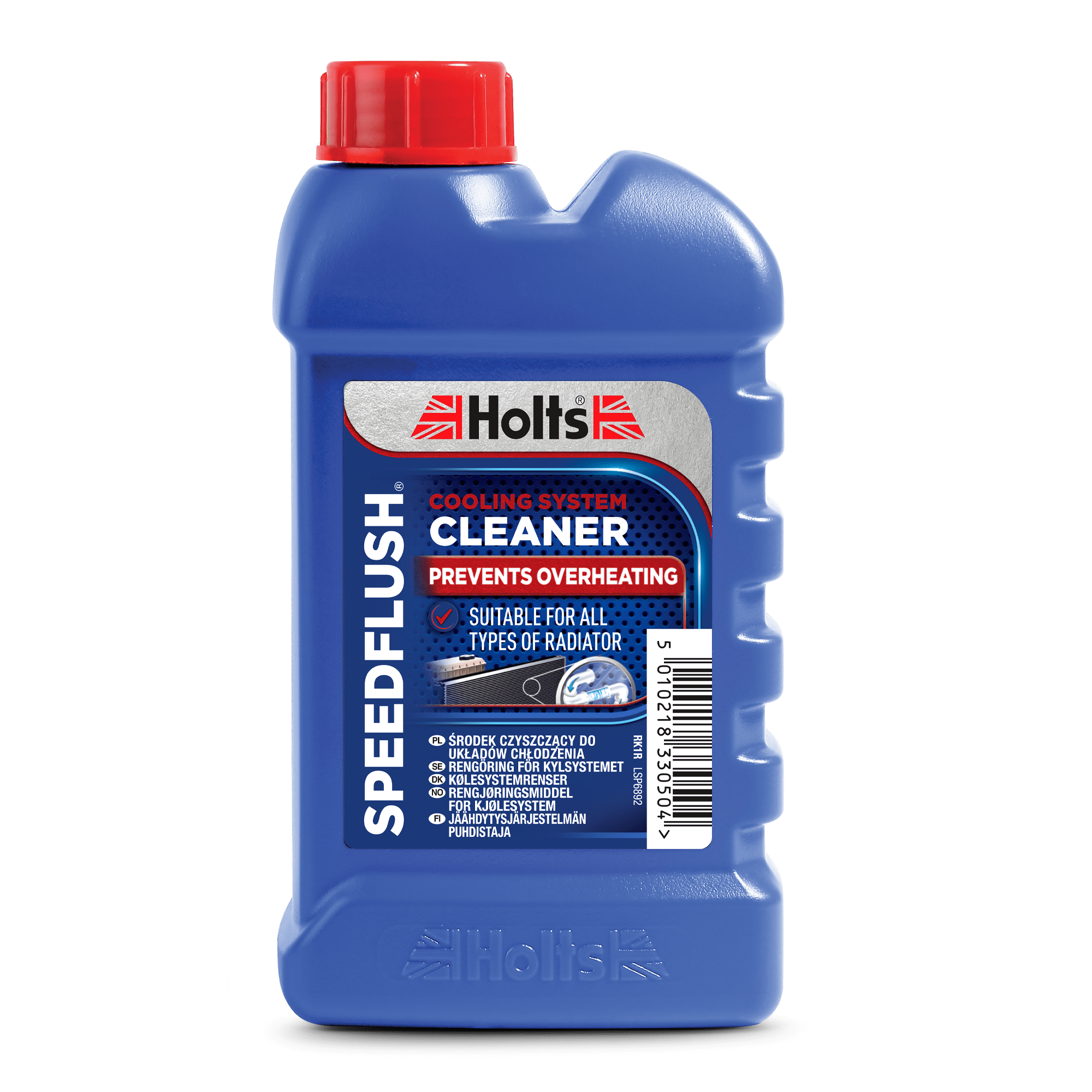Of all the parts beneath the bonnet, the radiator is arguably the most commonly overlooked component. It does an important job, cooling the engine and maintaining the right operating temperature whilst protecting it from freezing in winter.
Given its importance, your car’s radiator requires regular maintenance to make sure it’s working as it should. One servicing task that you can do on your driveway is to flush the radiator to remove sludge and scale, and corrosion deposits that could prevent it from protecting the engine and lead to costly leaks.
In a hurry? Take a look at our quick guide:
How to flush your car’s radiator – DIY guide:
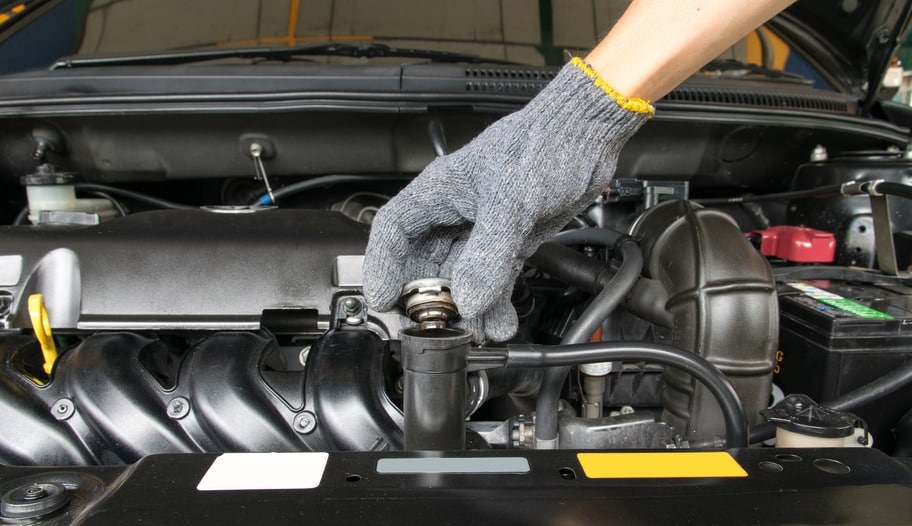
How to Flush Your Car’s Radiator Step-by-Step
Here’s a visual guide to flushing your car’s radiator. Of course, you can take your car to a professional garage and they’ll be happy to do it for you, but if you fancy having a go yourself and saving some money it’s fairly straightforward:
What You’ll Need
- Clean water, preferably de-ionised.
- New coolant/antifreeze – make sure you have more than enough and consult your owner’s manual for the fill volume of your cooling system. Coolant is available as pre-diluted ‘ready to use’ or concentrated formats. (Our recommendation would be to use Prestone for peace of mind as it can be used in any vehicle and last for 10 years or 150,000 miles.)
- Radiator Flush product: Holts Speedflush is a fast acting cooling system cleaner which removes sludge, scale deposits & corrosion to prevent blockages and overheating.
- Drip tray or catch container
- Basic hand tools (pliers, screwdrivers, spanners, etc.)
Step-by-Step:
1. Put the drip tray or catch container in place

You’ll need to slide your drip tray underneath the radiator, right under the petcock valve where the old coolant/antifreeze will drain. Make sure your catch container is big enough; the standard cooling system contains around 10 litres of coolant/antifreeze. Consult the manual if you’re unsure.
2. Remove the Radiator Cap and Open the drain valve
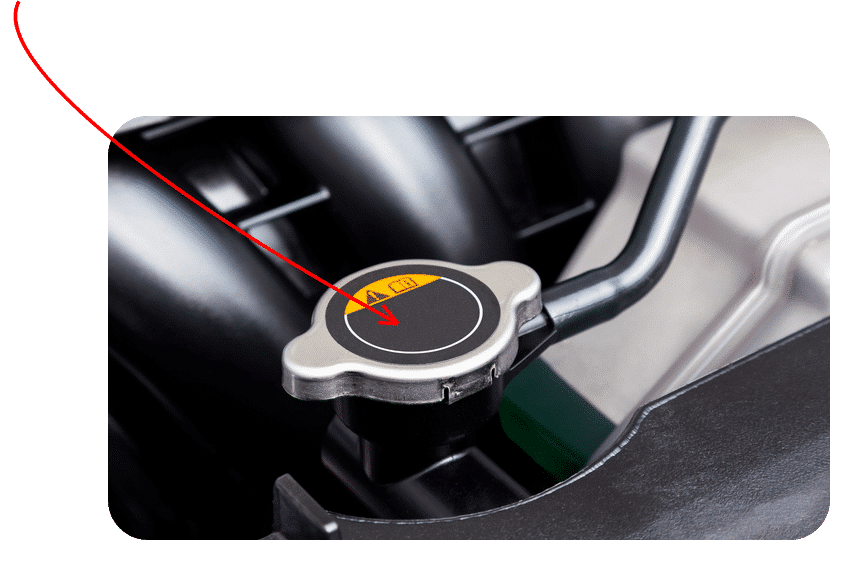
Carefully remove the radiator cap (make sure it’s cool first) before unscrewing the drain valve on the bottom of the radiator. Liquid should start to flow out, so make sure your drip tray is in the right place to avoid spillage. Label the container of waste coolant appropriately and take it to the local recycle centre for safe disposal. Never let coolant drain to the sewer and keep away from children and pets.
TIP: If your radiator doesn’t have a drain valve or it’s difficult to reach, you can detach the bottom radiator hose instead. Just loosen or remove the clip holding it in place, use a thin flat-blade screw driver to loosen the hose and twist slightly to detach.
3. Apply the Flush Product
Close the radiator drain valve or re-attach the bottom hose. To make sure the cooling system is completely clean before adding fresh coolant/antifreeze, use a chemical flush product.
Add the flush product according to the instructions through the cooling system reservoir or radiator. Top up with clean water, preferably de-ionised and then run the engine with the dashboard heater control on HOT for around 10 minutes.
TIP: Keep an eye on the water level during this time as there can be air trapped in the system. Switch off the engine if the water level drops below the minimum level in the reservoir. Wait until cool, top up with water as necessary and repeat the step to warm the engine and allow the chemical flush to do its work. Wait for the engine to cool and drain the system as described above. If you’re using the 2 part flush product, follow the instructions to drain and fill the system and run the engine again. If you’re using the one step flush product, fill the system with clean water and repeat the step above, running the engine for around 10 mins.
4. Add Fresh Coolant/Antifreeze
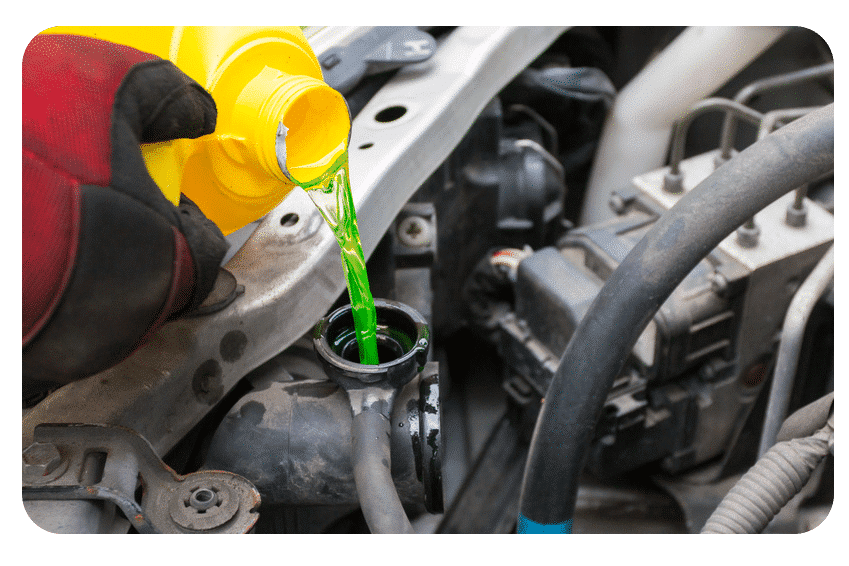
Once you’ve flushed the radiator and closed the drain valve (or reattached the bottom hose), it’s time to add the fresh coolant/antifreeze. Always use a high-quality product that will protect your car for a long time – up to 10 years is preferable.
Add the coolant/antifreeze through the radiator cap or cooling system reservoir (expansion tank). Fill to the MAX line on the reservoir and run the engine with the dashboard heater control on COLD. The coolant level may drop slightly as trapped air in the system finds its way out. There may be air bleed plugs in the cooling system – check the manual or handbook and follow the instructions to bleed the system. Monitor the system for a couple of days just to see if the level drops and add more coolant/antifreeze as necessary.
How to Tell When Your Radiator Needs Flushing
The first place to look is the car’s manual. This provides a list of service tasks and a schedule, as recommended by the manufacturer. It tells you what to do and when, including when to change the coolant. Our recommendation is to flush the radiator at every coolant change.
If you don’t have the manual, we’d recommend flushing the radiator every 30,000 miles, or 2 years depending on which comes first. This is more important for older vehicles, especially those without a full service history. This will extend the life of the radiator and the entire cooling system.
There are some tell-tale signs that the radiator is ready for a change of coolant and a good flush. If for instance the coolant/antifreeze in the reservoir looks murky, dark or has a brownish colour, it’s time to replace it. You can also go to a garage to have the acidity of the coolant/antifreeze tested – if it’s acidic, you should consider flushing the radiator and topping up with fresh coolant/antifreeze.
What are the Benefits of Flushing the Radiator?
Keep on top of the radiator’s flushing service schedule, and you’ll effectively extend the life of your car’s engine. Over time, the coolant/antifreeze circulating in the radiator and cooling system wears out so it doesn’t protect as well as it did. This can result in deposits forming which block the system leading to overheating symptoms, leaks and engine failure.
At Holts, we’re committed to solving your car maintenance problems. To find out more, and view our complete product range, visit the homepage.
